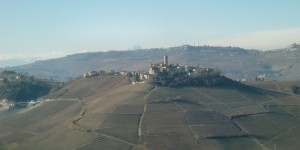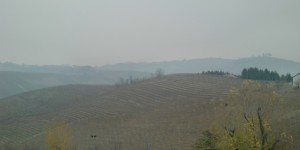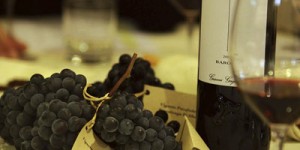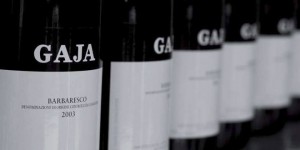
In concluding my tour of Piedmont, it is only fitting to finish up with a grape with small plantings here but it is representative of the region every time one brings up the subject of Piedmont. Nebbiolo needs no introduction. To the locals, Nebbiolo in Piedmont is like what Pinot Noir is to the Burgundians. Read More >




